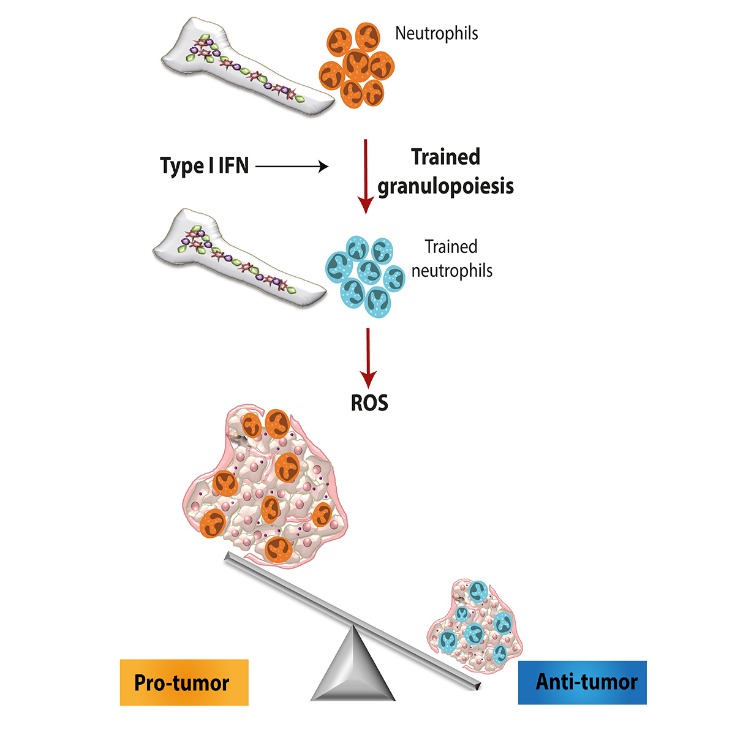Ensuring Safety: Comprehensive Approach to Legionnaires Risk Assessment
Legionnaires’ disease is a serious and sometimes fatal illness that is preventable through effective legionnaires risk assessment. Conducting these assessments is crucial to identify and manage potential sources of Legionella bacteria in water systems. Proper assessment mitigates risks, ensuring public health and safety.
Understanding Legionella and Its Health Risks
Legionella bacteria thrive in warm water environments and can proliferate in various water systems. Inhalation of water droplets containing the bacteria can lead to Legionnaires’ disease, a severe form of pneumonia. Individuals with weakened immune systems, smokers, and the elderly are more susceptible to the disease.
Key Steps in Conducting a Legionnaires Risk Assessment
- Identify potential sources of Legionella in the water system.
- Analyze how water is stored and circulated within the system.
- Evaluate the system’s vulnerability to conditions promoting bacterial growth.
- Check water temperatures, as Legionella multiplies between 20°C and 45°C.
- Inspect cleanliness and maintenance of the water system infrastructure.
Effective Control Measures
A comprehensive legionnaires risk assessment includes proactive measures to control Legionella risks:
- Regular Maintenance: Routine cleaning and disinfection of water systems prevent bacterial build-up.
- Temperature Management: Maintaining water temperatures outside the optimal growth range of Legionella.
- System Monitoring: Regular testing and monitoring of water quality parameters.
- Water Treatment: Implementing chemical or physical treatments like chlorination or UV radiation.
FAQs on Legionnaires Risk Assessment
Q: Why is legionnaires risk assessment necessary?
A: It helps identify and control potential bacterial sources, ensuring public safety and compliance with health regulations.
Q: How often should risk assessments be conducted?
A: Regular assessments are essential, typically annually or whenever significant changes occur in the water system.
Regular monitoring and assessment are vital in preventing Legionnaires’ disease outbreaks. Ensure that your facility is compliant and safe by employing effective risk management strategies. By adhering to proper guidelines and conducting thorough legionnaires risk assessment, public health can be safeguarded effectively.


Leave a Reply